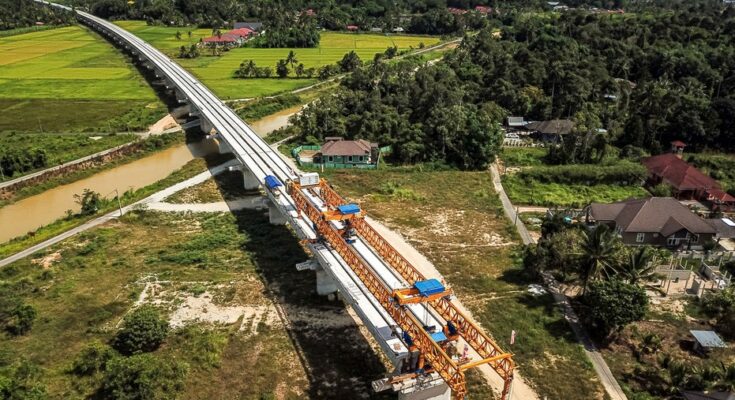Archaeologists in Malaysia spent more than a year investigating an area that will soon be underwater. Since their search began, more than 70,000 artifacts have been unearthed, including skeletal remains in prehistoric burials that are believed to date back 16,000 years.
Excavation of the site started in March 2022 and wrapped up in October 2023, according to the government-owned Bernama news agency in Malaysia, per Live Science.
The area investigated included caves in Malaysia’s Nenggiri Valley. The site is planned to be flooded in a few short years with the construction of a hydroelectric power plant.
MOM, SON DIG UP ANCIENT OBJECT OFTEN FOUND NEAR BURIAL GROUNDS WHILE GARDENING
Artifacts found in the area included stone tools, pottery and stone ornaments, according to the source.
Zuliskandar Ramli, an archaeologist at the National University of Malaysia, told Live Science that 16 individuals were found buried in 13 limestone caves at four sites.
Fifteen of the 16 skeletons were in a “fully flexed” position, which signals a pre-Neolithic burial, according to Ramli, per Live Science.
VOLUNTEER DURING ARCHAEOLOGICAL EXCAVATION FINDS ‘REMARKABLE’ PIECE OF JEWELRY IN SCOTLAND
The outlier of the group was in an extended position. Dating of the sedimentary layers in the cave pointed to that particular skeleton being from the Neolithic period, about 6,000 years ago, per the source.
Among the ancient finds was a complete human skeleton in Gua Keledung Kecil, thought to be between 14,000 and 16,000 years old.
“This is the most complete and oldest skeleton in a fully flexed position found in the country,” Ramli told Live Science.
Many of the items found in the area were grave goods, according to Ramli, per Live Science. Those items were ones purposefully buried with the dead.
Skeletons unearthed around the world can often tell larger stories with further research and investigation.
For example, skeletal remains found in the ruins of ancient Pompeii in Italy, which were announced in a press release in August, offered chilling details about the last moments of those whose remains were found.
“We know the woman was between 35 and 45 years of age, and the man was much younger, between 15 and 20 years of age,” Sophie Hay, an archaeologist with the park previously told Fox News Digital in an email. “We do not know the relationship between them nor their social status.”
“The woman had on her person a purse and probably a small casket both filled with precious and valuable objects such as gold, silver and bronze coins, small engraved gemstones, some pendants, and a pair of gold and pearl earrings,” Hays further explained.
“We know the objects had a monetary value, but we will never know what sentimental value they may have had for her, nor even if they belonged to her. The items must have represented something in the moments of chaos and terror that she thought would be important to take, whether for their monetary value or, especially in the case of the jewelry, personal belongings that meant something to her,” she concluded.
As for the area studied by archaeologists in Malaysia’s Nenggiri Valley, the construction of a hydroelectric power plant is expected to reach completion by mid-2027.
